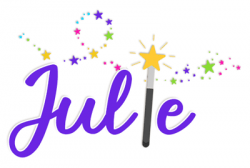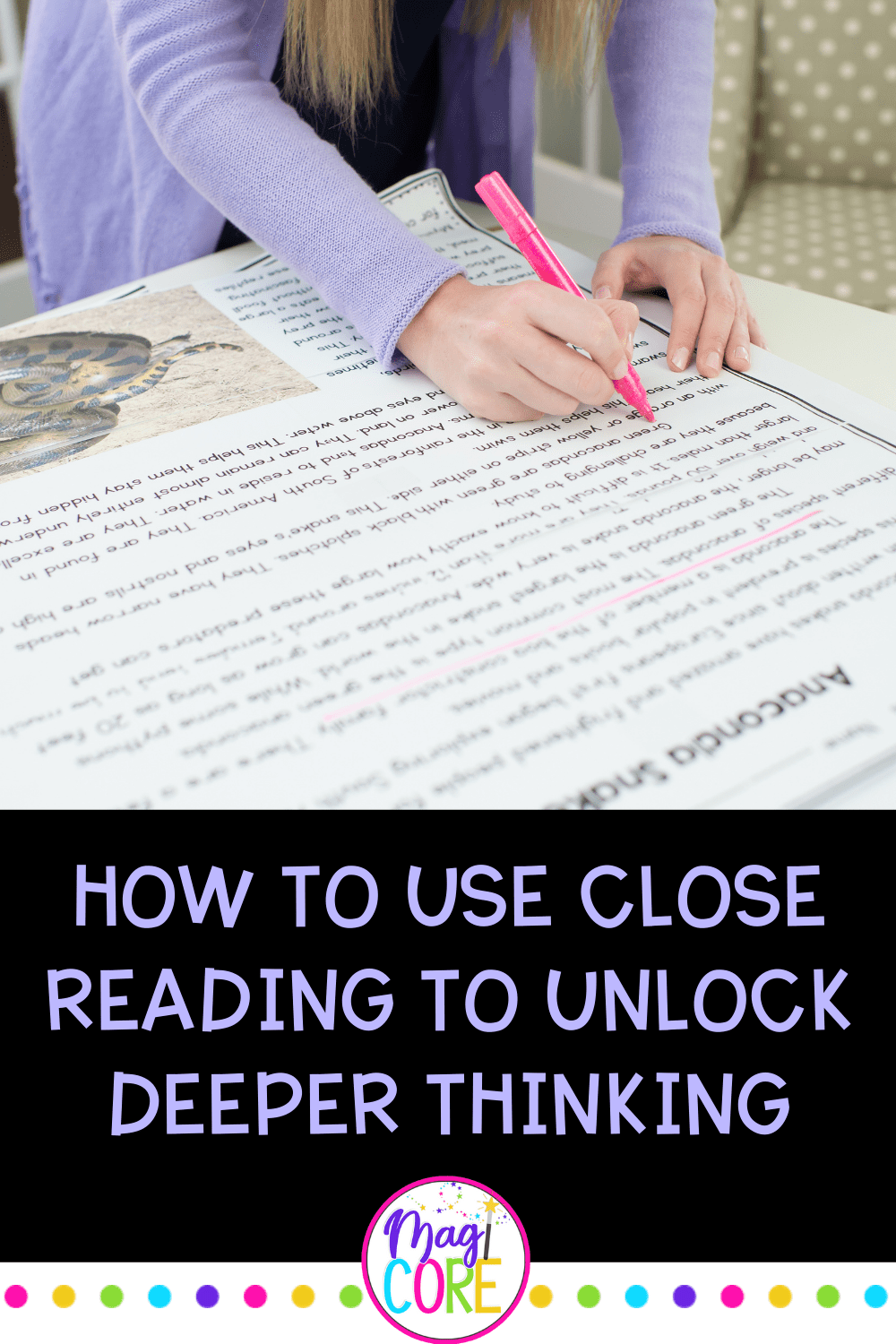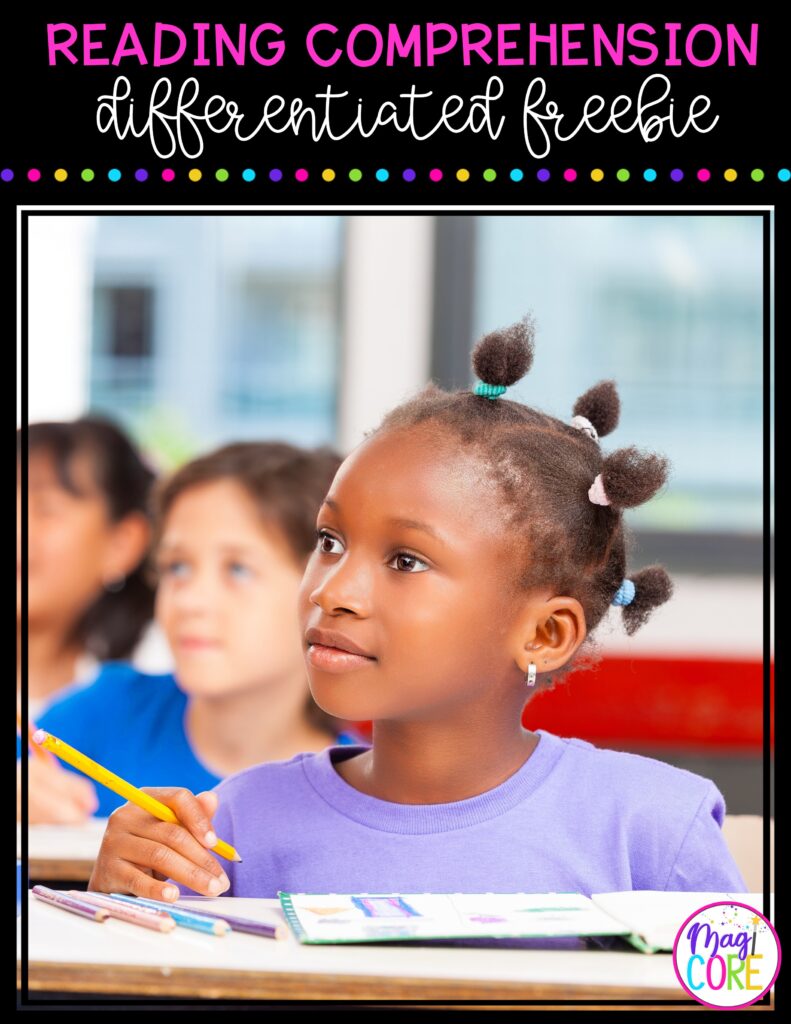Thinking critically about complex texts and answering text-dependent questions can be tricky for many students, especially for young readers, and yet thorough analysis of texts is an essential skill for all. Using Close Reading, students can unlock deeper thinking with any text.
Close Reading refers to the process of actively reading a text multiple times in order to generate a deep understanding and create meaning. Close reading requires readers to make observations and interpretations about the text that move beyond “what does this say?” to “what does this mean?” Students focus on the author’s purpose, the use of language to create meaning, and an analysis of text structure to think deeply.
The process of Close Reading typically involves three rounds of reading. In each round, the process gets increasingly complex and challenges students to deepen their thinking. As students read a text multiple times, they annotate and act as detectives searching for clues and evidence. The process of annotation helps them produce evidence-based responses to text-dependent questions. The first round of reading is generally a cold read, meaning they’re reading a new text for the first time, and they read to understand the gist of the text. During the second round, students focus on patterns of language, syntax, and structure. Finally, in the third round, students synthesize the clues and evidence they found in the first two rounds of reading in order to draw meaning from the text and focus on big ideas and themes.
We know the research has found that a student’s ability to read complex texts is an indicator of success in college and in the workplace. However, not every student is able to tackle complex texts independently.
Close Reading provides a scaffold that can be applied to any text in any content area. It supports readers to understand vocabulary and concepts, to use their understanding to generate big ideas and themes, and it improves students’ overall reading comprehension.
The best way to implement Close Reading in the classroom is through the gradual release model. Be sure to create routines for students early in the year and don’t release responsibility to independent work too soon.
When you model the process for students, establish a purpose for reading prior to the first round of reading. Explicitly express to students what you’ll be looking for as they read and have them write that at the top of their text so they can follow along with your modeling. When performing second and third readings, think aloud through the process of looking for clues and finding evidence in the text that supports the purpose you’ve established. Using a document camera or digital tools like Google Suite, model color-coded annotations on the text as you perform multiple readings. Respond to text-dependent questions and model returning to the text to find evidence to support your thinking. After modeling various steps in the process, create anchor charts with your students that they can refer back to as you release them to small groups and eventually independent work.
Once the practice of close reading has been established through extensive modeling, gradually release the learning of Close Reading to small groups. Using small groups with Close Reading enhances tiered instruction that can focus on remediation and enrichment of reading skills based on student needs. It also provides the opportunity to increase student confidence by removing the pressure of answering correctly in front of the entire class.
For struggling and emerging readers, small group instruction allows you to add an additional layer to Close Reading: pre-teaching. Many readers may struggle with the content of a text and may need some pre-reading strategies, explicit instruction, or assistance with vocabulary. This pre-teaching work can easily be done in small groups prior to students engaging in the multiple readings of a text.
Challenge students to think deeply about the text. Ask probing questions that make students return to the text for evidence such as:
As you ask students deeper thinking questions, encourage them to come up with some on their own. By having students question the text with you, you can guide the discussion and scaffold their thinking through the text.
When implementing Close Reading, the right resources matter. I’ve tried many different texts and lessons over the years, but I struggled to find quality texts with the right amount of complexity and rigor that met the diverse learning needs of all my students.
My Reading Comprehension Mega Bundles have over 250 Lexile leveled passages and up to 23 skill-focused units for 1st-6th grades. These bundles have everything you need to model, teach, and practice Close Reading of fiction and nonfiction all year. For each of the resources included in the bundle, students will perform multiple readings of passages written at their reading level, utilize a color-coded annotation system to help them practice searching for evidence, and respond to questions that challenge them to think deeply about the text and return to the text to find evidence that supports their responses.
I love to use these resources to support small groups and independent practice because it makes it easy to differentiate for all my students. I’m able to easily group students based on skill, pre-teach and reteach concepts, and pair them with just the right text and practice. Both print and digital versions allow for a quick and easy check of student work and are extremely low prep to save you time!

We strive to create resources that empower teachers and transform student success. We create skill-focused resources that promote critical thinking, enhance student engagement, and incorporate diversity. Our goal is to develop the tools teachers need to reach their students and foster a lifetime of learning.

